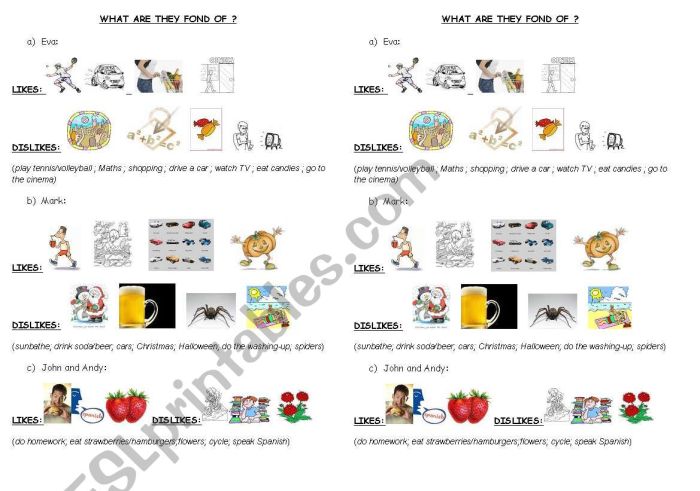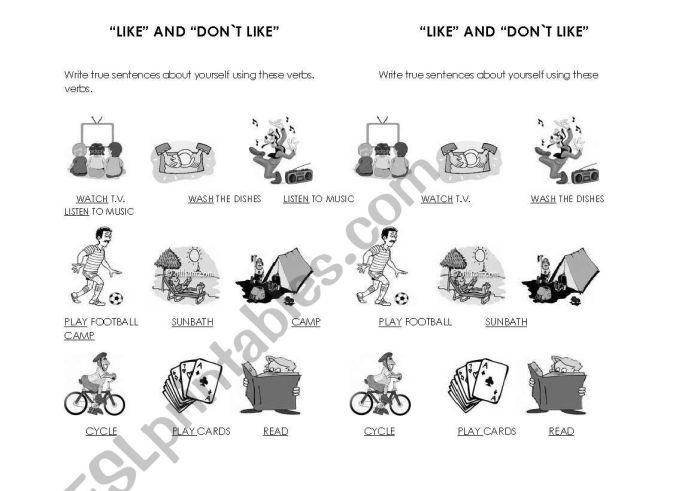Welcome to the fascinating world of like and dislike lists, where your preferences take center stage. These lists are more than just a collection of items; they are a window into your thoughts, feelings, and motivations. In this comprehensive guide, we will explore the concept of like and dislike lists, their purpose, and their vielfältigen applications.
From brainstorming and organizing your likes and dislikes to analyzing patterns and trends, we will delve into the practical and creative ways to use these lists for personal growth, decision-making, and problem-solving. Join us as we unlock the power of like and dislike lists and discover the valuable insights they can provide about ourselves and the world around us.
Introduction to Like and Dislike Lists
Like and dislike lists are a simple yet effective tool for understanding and articulating one’s preferences. These lists can be used for personal reflection, decision-making, and self-improvement.
Creating a like and dislike list involves brainstorming and organizing the things that you enjoy and dislike. This can be done individually or in a group setting. The resulting list can be used to identify patterns, trends, and relationships within your preferences.
Methods for Generating Like and Dislike Lists

To generate a like and dislike list, follow these steps:
- Brainstorm:Start by writing down everything that comes to mind, without judgment or filtering.
- Organize:Group similar items together into categories. This will help you identify patterns and trends.
- Prioritize:Rank the items in each category based on your level of preference or dislike.
Examples of Like and Dislike Lists

Like and dislike lists can be created for a variety of topics, including:
- Hobbies
- Food
- Activities
- Movies
- Books
Here is an example of a like and dislike list for hobbies:
| Likes | Dislikes |
|---|---|
| Reading | Watching TV |
| Writing | Playing video games |
| Hiking | Running |
Uses and Applications of Like and Dislike Lists

Like and dislike lists can be used for a variety of purposes, including:
- Personal reflection:Understanding your preferences can help you make better decisions about your life and career.
- Decision-making:When you are faced with a choice, you can refer to your like and dislike list to help you make a decision.
- Self-improvement:Identifying your dislikes can help you identify areas where you can improve yourself.
For example, if you dislike public speaking, you can use this information to develop strategies for overcoming your fear.
Advanced Techniques for Analyzing Like and Dislike Lists

Once you have created a like and dislike list, you can use advanced techniques to analyze the data. This can help you gain a deeper understanding of your preferences and motivations.
One technique is to look for patterns and trends. For example, you may notice that you tend to like activities that are creative and challenging. This information can help you identify new activities that you may enjoy.
Another technique is to use data visualization to create charts and graphs. This can help you see the relationships between your likes and dislikes in a more visual way.
Creative Applications of Like and Dislike Lists
Like and dislike lists can also be used for creative purposes. For example, you can use them to:
- Generate story ideas:Your likes and dislikes can provide inspiration for creating characters, settings, and plots.
- Solve problems:By identifying your dislikes, you can come up with creative solutions to problems.
- Create art:Your likes and dislikes can be used as a starting point for creating visual art, music, or writing.
Clarifying Questions
What is the purpose of a like and dislike list?
Like and dislike lists help you identify and organize your preferences, providing a clear understanding of what you enjoy and what you don’t. This self-awareness can guide your decisions, enhance your relationships, and foster personal growth.
How can I create a like and dislike list?
Start by brainstorming items that you like and dislike. Use different categories to organize your lists, such as hobbies, activities, foods, or people. Prioritize the items based on their importance to you.
What are some creative uses of like and dislike lists?
Like and dislike lists can inspire creative projects, such as writing, painting, or music. They can also be used for problem-solving by identifying potential solutions or obstacles.
